A Cory Catfish is any member of the taxonomic genus Corydoras. Researchers recognize at least 161 different species in the group. The various species come in a wide range of shapes and sizes. People commonly keep this species in freshwater aquariums. Read on to learn about the Cory Catfish.
Description of the Cory Catfish
With so many different species to choose from, these come in a range of sizes, shapes, and colors. However, many species share a similar bottom-dwelling body shape. They have blunt heads, and flattened abdomens that lie flat along the bottom.
Most species reach no longer than 5 in. and the smallest measure just an inch long! Some species have solid coloration, while others have spots or stripes. Colorations include blue, white, black, silver, brown, and more.
Interesting Facts About the Cory Catfish
With so many different species, it’s no surprise that these fish have numerous traits and adaptations. Learn more about a few different species, and what makes them unique, below.
- Panda Cory – This is one of the more popular aquarium species. People are attracted to this species for its unique coloration, which is similar to that of the Giant Panda. If you’d like to house a whole aquarium of panda-like fish, this species does well with the clown loach.
- Bronze Cory – True to their name, this species has iridescent bronze colored scales. It might surprise you that this small fish can reach up to 10 years of age! When properly cared for, this species is surprisingly long-lived.
- Peppered Cory – Another on-the-nose name is the peppered cory. This species, also known as the mottled or blue leopard cory, has blueish-gray spots across its body. Even during the breeding season, this species has a peaceful and non-aggressive demeanor.
- Pygmy Cory – This little fish lives in a small river system in the Madeira River Basin in South America. Most individuals reach just an inch in length, and many males do not even reach that size! You can recognize this species by the black stripe that runs down the length of its body.
Habitat of the Cory Catfish
Though not all species live in the same types of habitats, many live in similar ecosystems. All occupy freshwater habitats, and have little to no tolerance of saltwater. Their primary habitats are small murky streams and the shallow edges of rivers, ponds, and marshes. Each species has its own personal habitat preferences.
Distribution of the Cory Catfish
You can find all of the various species in this group in the rivers of South America. Each has its own unique distribution and range. Some live across wider areas, while others live in only small regions. The populations of some species overlap with those of other species. Some species with overlapping populations even school together.
Diet of the Cory Catfish
The various species feed on different types of prey depending on where they live. Their diet changes based on what is available nearby. Most species are carnivorous or omnivorous, though they feed primarily on invertebrates. Some common prey items include worms, insect larvae, aquatic insects, and plankton.
Cory Catfish and Human Interaction
Humans interact with the many different species of this fish in numerous ways. They keep some species as pets, and some species face threat of extinction through human interaction.
For many species, we simply don’t know how human interaction impacts them. Those species impacted by human activity generally suffer due to habitat destruction, pollution, and climate change.
Domestication
Humans have not domesticated this species in any way.
Does the Cory Catfish Make a Good Pet
Some species of this fish do make good pets. However, it is important for you to remember that you should only purchase captive-bred pets. Any fish that has been captured from the wild could potentially spread disease to your other fish, or could detrimentally reduce the breeding population in the wild.
Cory Catfish Care
While the exact care varies from species to species, because most have similar diets and sizes, their needs are usually similar as well. Most do not need extensively large tanks, as they only reach a few inches in size. They also often thrive on commercially produced fish foods.
Behavior of the Cory Catfish
While all species have slightly different behavior, these fish generally have gregarious or social natures. They live in groups known as schools or shoals. Some schools can contain several hundred fish or more!
Most schools consist of only a single species of fish, but some species also congregate with other related species. The schools spend most of their day foraging for food, and seek shelter at night to avoid predators.
Reproduction of the Cory Catfish
Though many of the various species have similar shapes and sizes, their breeding behaviors vary. The number of eggs produced by the female changes based on the size and age of the fish.
In some species, females lay several small clutches of eggs in a single spawning season. It takes a few days for the eggs to hatch and the young, known as fry, to emerge.


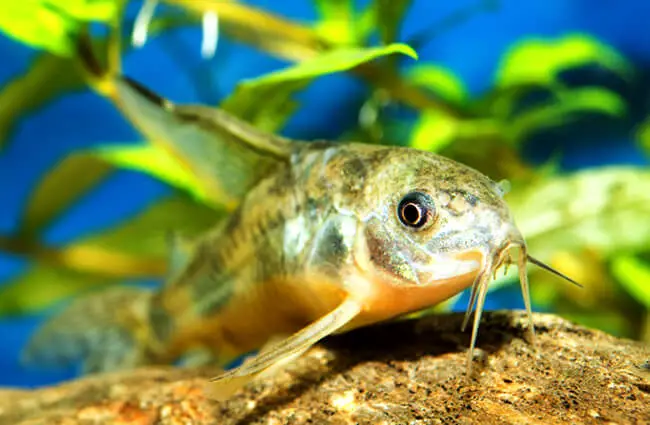

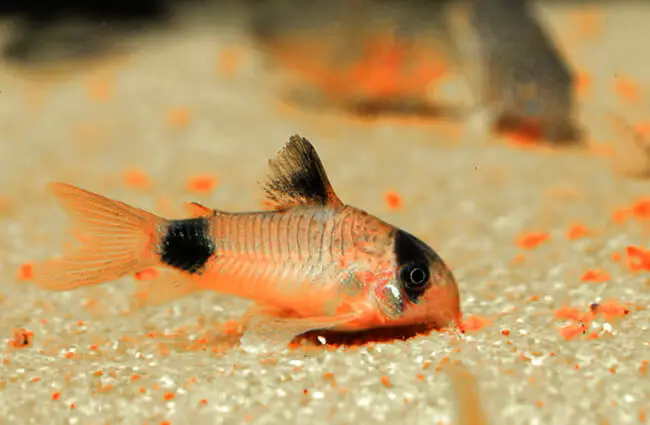
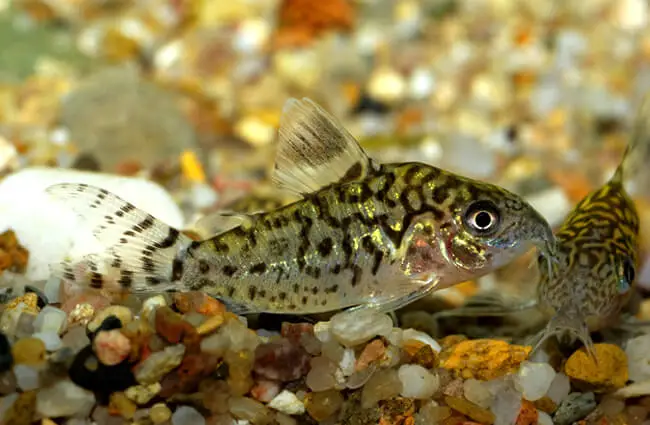


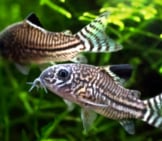
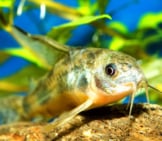
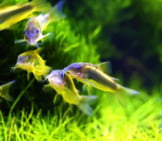


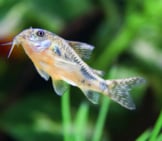
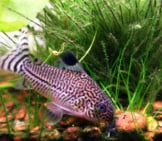
![Red Angus Closeup of a beautiful Red Angus cowPhoto by: U.S. Department of Agriculture [pubic domain]https://creativecommons.org/licenses/by/2.0/](https://animals.net/wp-content/uploads/2020/03/Red-Angus-4-238x178.jpg)












![Red Angus Closeup of a beautiful Red Angus cowPhoto by: U.S. Department of Agriculture [pubic domain]https://creativecommons.org/licenses/by/2.0/](https://animals.net/wp-content/uploads/2020/03/Red-Angus-4-100x75.jpg)

